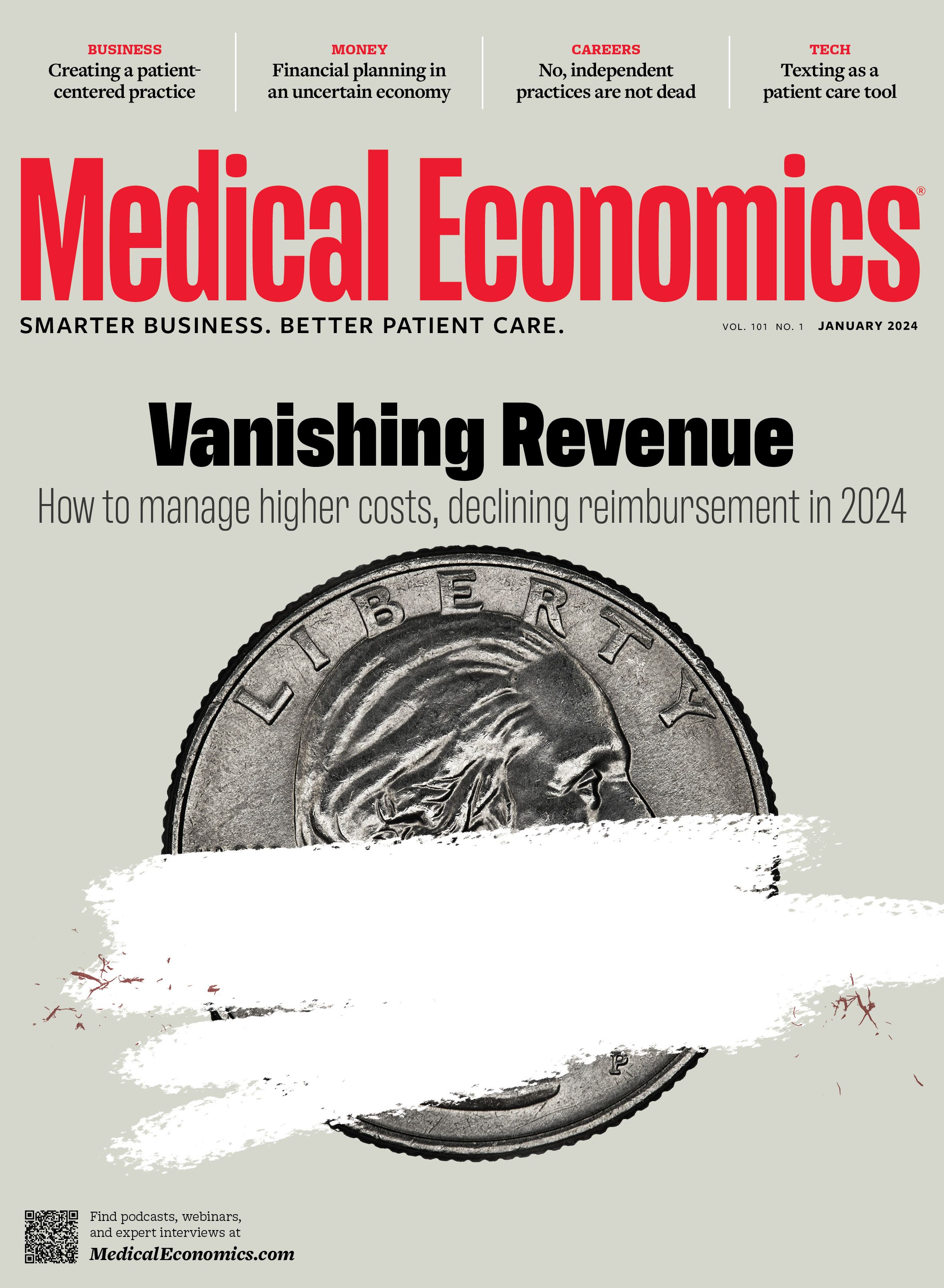Blog
Article
Medical Economics Journal
Captive insurance safeguards patient privacy in medical practices
Author(s):
In the context of small and midsize private medical practices, captive insurance can offer significant benefits for data privacy and security.
Captive insurance helps protect your practice: ©adam121 - stock.adobe.com

If your medical practice has experienced a data breach or ransomware attack, you’re not alone. In today’s digital age, it’s a growing and relentless threat in the health care sector. The health care industry experienced 295 breaches in the first half of 2023 alone, impacting millions of patients, according to the U.S. Department of Health and Human Services Office for Civil Rights. Even more concerning, ransomware attacks continue to disrupt patient care, with nearly half of health information technology professionals reporting such incidents in a recent survey by the Ponemon Institute.
The impact on small to midsize private practices
These breaches have far-reaching consequences, particularly for small to midsize private medical practices. Unlike larger institutions, these practices often operate with limited financial resources. When faced with the costs of a data breach, which include patient notifications, legal fees, and potential fines, a small or midsize practice can struggle to maintain the quality of patient care.
Furthermore, if you run a practice such as this, you’re likely aware that the nature of smaller practices means that trust is paramount. Patients rely on the close relationships they have with their health care providers. A data breach can shatter that trust, leading to patient attrition and tarnishing the practice’s hard-earned reputation.
Operational disruption is another challenge. Data breaches divert staff resources to breach response, affecting both patient care and administrative functions. Implementing robust cybersecurity measures and recovering from a breach can also be financially burdensome, especially for practices without the resources to invest in technology and staff training.
Navigating the regulatory landscape
Beyond the immediate financial strains, data breaches can result in costly lawsuits from affected patients, adding legal burdens to the mix. Compliance with regulations, notably the Health Insurance Portability and Accountability Act (HIPAA) and state laws, is paramount, necessitating robust policies to protect patient information and report breaches promptly. The financial impact of noncompliance can be crippling, with substantial fines levied against practices that fail to meet regulatory requirements. These challenges underscore the critical importance of proactive data security measures and a thorough understanding of the ever-evolving landscape of data privacy regulations for such practices.
The role of captive insurance
To effectively address cybersecurity, medical practices need a robust approach to addressing and mitigating this risk that includes a comprehensive set of tactics. Captive insurance emerges as a powerful tool to address the risk and prepare for financial fallout should the risk come to fruition.
Captive insurance is a risk management strategy that involves the creation of a specialized insurance company, known as a “captive,” to provide coverage for the unique risks faced by a specific group of affiliated companies or organizations. In the context of small and midsize private medical practices, captive insurance can offer significant benefits for data privacy and security.
These practices often handle sensitive patient information and are increasingly vulnerable to data breaches and cyberattacks. By establishing a captive insurance company, these health care providers can tailor insurance policies to address their specific cybersecurity and data privacy needs. This customization allows them to ensure that they have adequate coverage for potential data breaches and related liabilities, reducing financial exposure.
Moreover, captive insurance can incentivize better data security practices within the organization, as lower claims can lead to reduced insurance costs over time. Ultimately, captive insurance empowers small and midsize medical practices to proactively protect patient data and safeguard their financial stability in the face of evolving cybersecurity threats.
These are the specific ways a captive insurance company can aid a practice that has experienced a breach:
Data recovery and restoration expenses: Coverage for expenses related to data recovery and restoration helps practices recover quickly after a breach.
Legal and regulatory fines and penalties: Captive insurance can include coverage for fines and penalties resulting from regulatory violations, including those related to HIPAA.
Notification and credit monitoring services: Offering notification and credit monitoring services demonstrates a commitment to patient care and protection.
Reputational damage control: Reputation management coverage helps practices rebuild patient trust and their community reputation.
Customized coverage: Captive insurance policies are tailored to an organization’s specific data privacy needs, ensuring comprehensive protection.
Financial resilience: Captive insurance serves as a financial cushion that enables businesses to navigate the aftermath of a data breach without crippling financial strain.
Captive insurance in action
While the types of coverage and financial protection listed above probably all sound helpful, let’s look at an example of how this works to illustrate the impact. We’ll use a hypothetical practice called CIC Services Family Medicine — a midsize private family medicine clinic serving a suburban community.
In mid-2023, CIC Services Family Medicine experienced a data breach when a cybercriminal exploited a vulnerability in its outdated electronic health record system. The breach exposed sensitive patient information, affecting hundreds of patients.
The impact:
The clinic faced HIPAA penalties, resulting in a significant financial burden.
Losses from the disruption of day-to-day operations were substantial.
Trust and reputation damage led to a decline in patients.
The clinic incurred substantial expenses from hiring a cybersecurity team and legal fees.
How a captive insurance company would have helped:
The clinic would have had a dedicated source of funds through its captive insurance program to cover breach-
related expenses, minimizing immediate financial strain.
With the financial support of captive insurance, the clinic could have maintained its operations more effectively during the breach response, minimizing disruptions to patient care.
Captive insurance would have provided funds for legal support and reputation management.
In an era where data is not just a valuable asset, but also a critical element of patient care, protecting it has never been more essential. As the health care sector evolves to meet the challenges of the digital age, practices that embrace innovative risk management tools like captive insurance can better defend patient data and preserve the trust and well-being of their communities. Captive insurance offers financial resilience and customized coverage, ensuring that smaller practices can navigate the complexities of data breaches and regulatory compliance while maintaining their commitment to patient care.
Christopher Gallo spent his career in risk management as a regulator with the Connecticut Insurance Department. He has taken the lessons learned from over three decades to improve risk-mitigating strategies for businesses. After retiring from his regulatory career, he joined CIC Services in 2020 and consults directly with business owners, CEOs and CFOs in the formation of captive insurance programs and as a regulatory liaison for their respective businesses.





